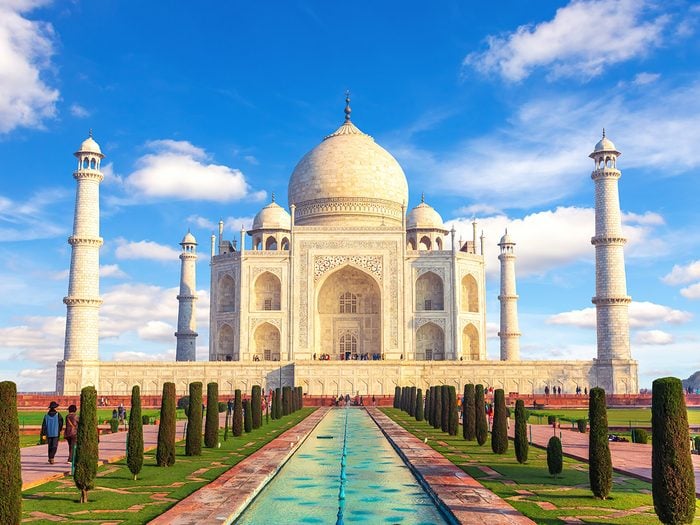
Travelling to India From Canada: A First-Time Visitor’s Guide
Whether your dream is to catch the sunrise at the Taj Mahal or hike through the Himalayas, India offers some of the world’s most rewarding—and intense—travel experiences. Having lived in India for the past 30 years, I’ve witnessed firsthand the disorientation first-time visitors can experience mere moments after touching down. But exactly why is this culture shock so common for those travelling to India from Canada? Let’s look at a few facts that set the stage.
Canada’s landmass encompasses almost 10-million square kilometres, making it, geographically speaking, the second largest country in the world. India is roughly a third of that size. Canada has roughly 38-million citizens. India packs that same number into two cities alone—Mumbai and New Delhi—and boasts a total population that’s a full billion stronger than Canada’s. They’re older, too (at least historically speaking). The entire Indian subcontinent has been inhabited—and has been a significant player in global civilization and economy—for several thousand years.
With that in mind, things happen differently in India. Very differently. The good news is, a bit of preparation can help you overcome that initial sense of being overwhelmed, and lay the groundwork for a trip that’s truly life-changing. Here are some of the things to keep in mind when travelling to India from Canada for the first time.
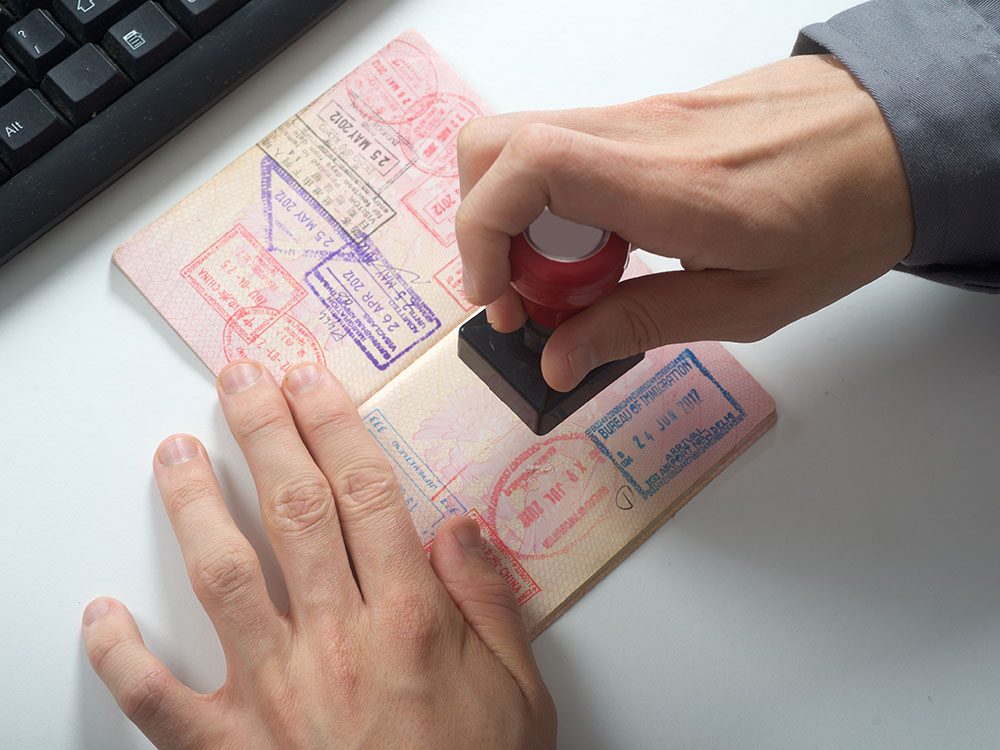
Canadians travelling to India need a visa
Canadians need more than just a passport to be granted entry into India. A travel visa must be obtained prior to your arrival, accompanied by a passport that’s valid for a further 180 days. The good news is, applying for an Indian travel visa is fairly easy (it can be done online), and visas can be granted within a matter of days.
Haven’t travelled in a while? Here’s how to make the most your next trip.
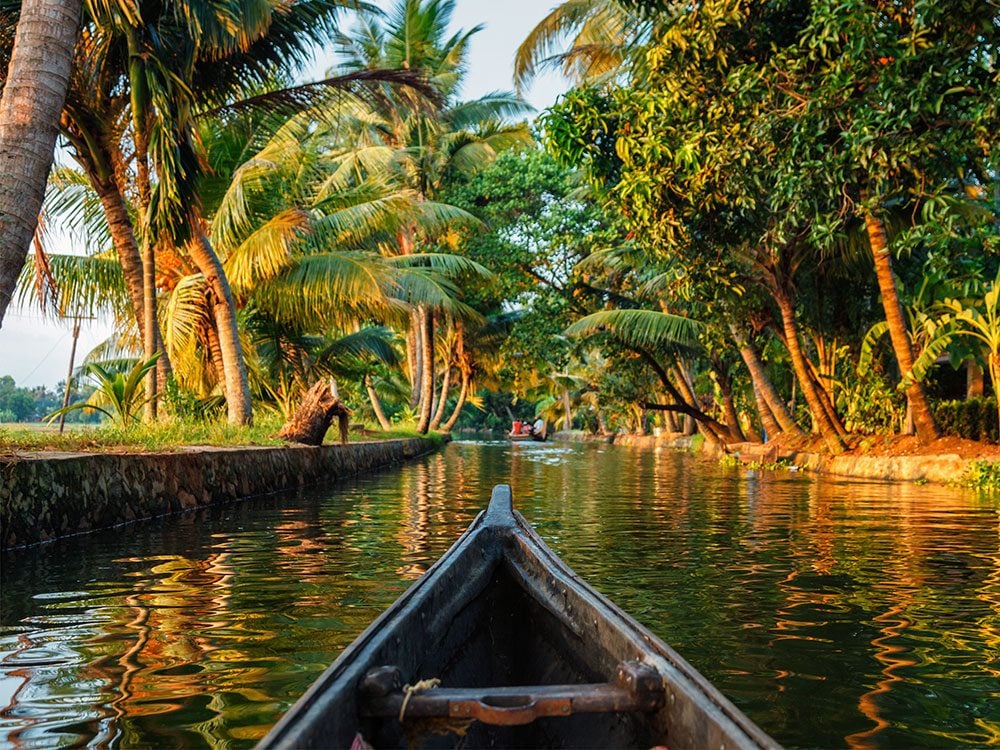
See a doctor before you go
The quality of health care services in India varies widely across the country, although it tends to be more reliable in urban centres than in rural regions. That said, ensuring you’re fully immunized now could save you serious health care headaches after your departure. Your doctor will likely recommend you get vaccinated for hepatitis A and B, and may offer a prescription for anti-malarial medication. You’ll also want to ensure, of course, that you’re up-to-date with your standard vaccinations for the likes of typhoid and rabies, and that you consult the Government of Canada’s website for any travel health notices.
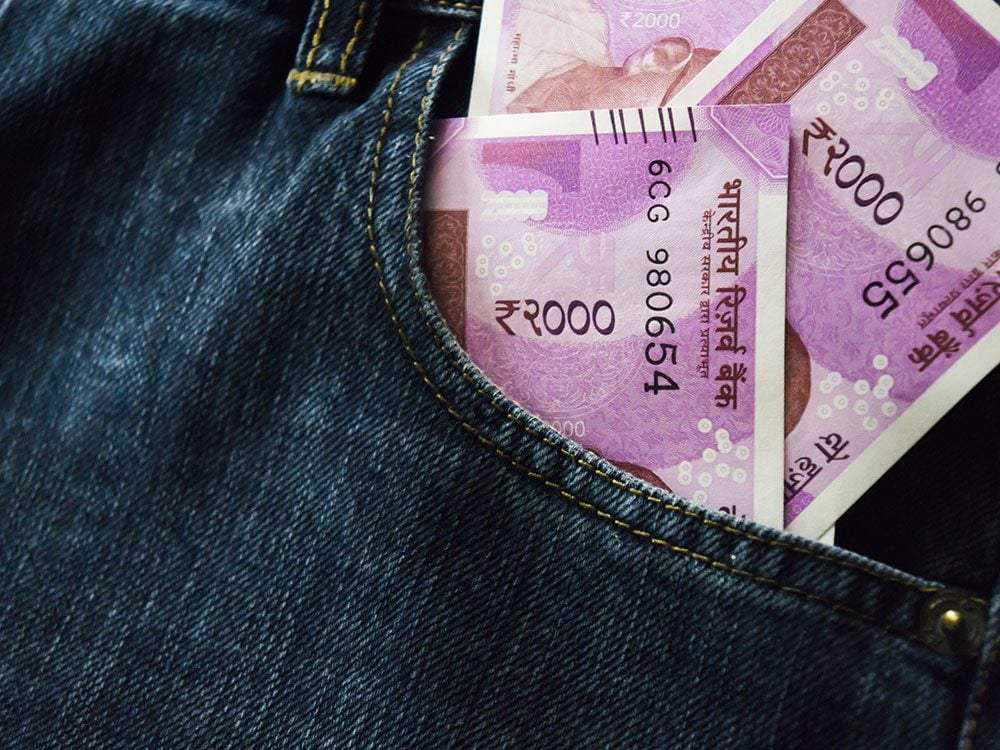
Prepare to carry cash (but bring the plastic, too)
According to the International Monetary Fund and the Central Statistics Organisation, India now has the fastest growing economy in the world. Despite this, the economy is still quite disorganized and non-digital compared to Canada’s, which means you’ll likely have to carry more cash than you’re used to back home. (To discourage pickpockets, it’s a wise idea to invest in a money belt.) Even so, major credit cards are still useful when it comes to booking things online (India is the world’s I.T. hub, after all!), and you’ll still be able to swipe your plastic in shops and malls in major cities. With that in mind, be sure to notify your bank and credit card providers of your travel plans in advance: there’s nothing worse than trying to withdraw rupees at an Indian ATM only to find your card’s been frozen.
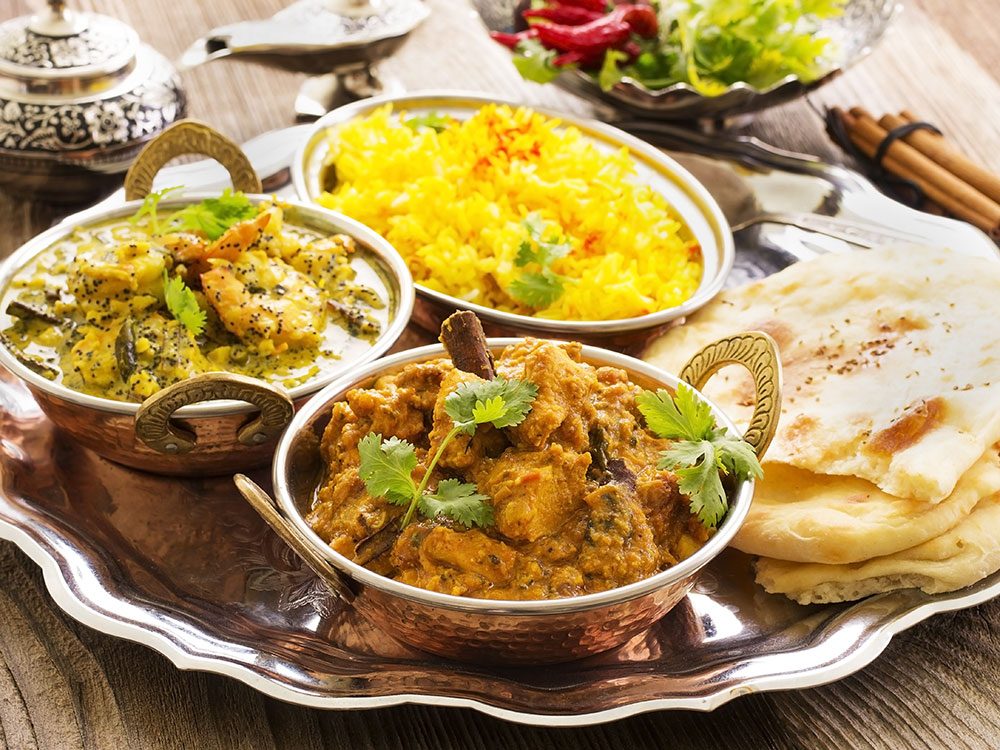
Yes, “Delhi Belly” really is a thing
Fact: Indian food is absolutely delicious, and will be one of the true highlights of your journey.
What’s also a fact, unfortunately, is that many visitors travelling to India from Canada will come down with a case of “Delhi Belly”—stomach upset and diarrhea resulting from exposure to micro-organisms that their your body simply isn’t used to. To reduce the risk of exposure, stick to bottled water (it’s cheaper than you’d think) and well-cooked food. If you can, request that raw vegetables be washed in filtered water (which will generally be the case if you’re dining in higher-end hotels and restaurants).
Check out the 10 best food destinations on Earth.
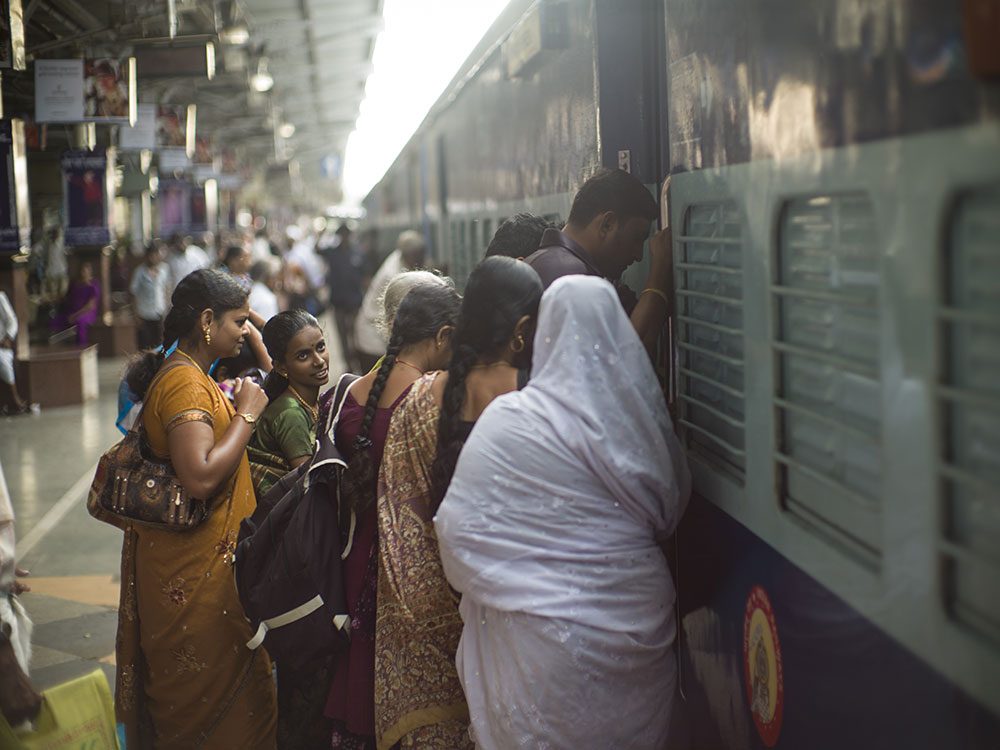
“Indian Time” is also a real thing
In Hindi, the most spoken language in India, the word “Kal” has two meanings: tomorrow and the day after tomorrow. This in itself should give significant insight into the concept of time in India.
You will likely find that people do not share your sense of urgency and anxiety regarding the passage of time—and this will be reflected in nearly every train, bus and flight schedule you’ll encounter during your travels. Your best bet is to (still) show up on time, but cultivate patience and forgiveness for people and things running later than anticipated. To make it easier on yourself, try to avoid a jam-packed daily itinerary, and make your only hard and fast “deadlines” those pre-booked flights and train departures.
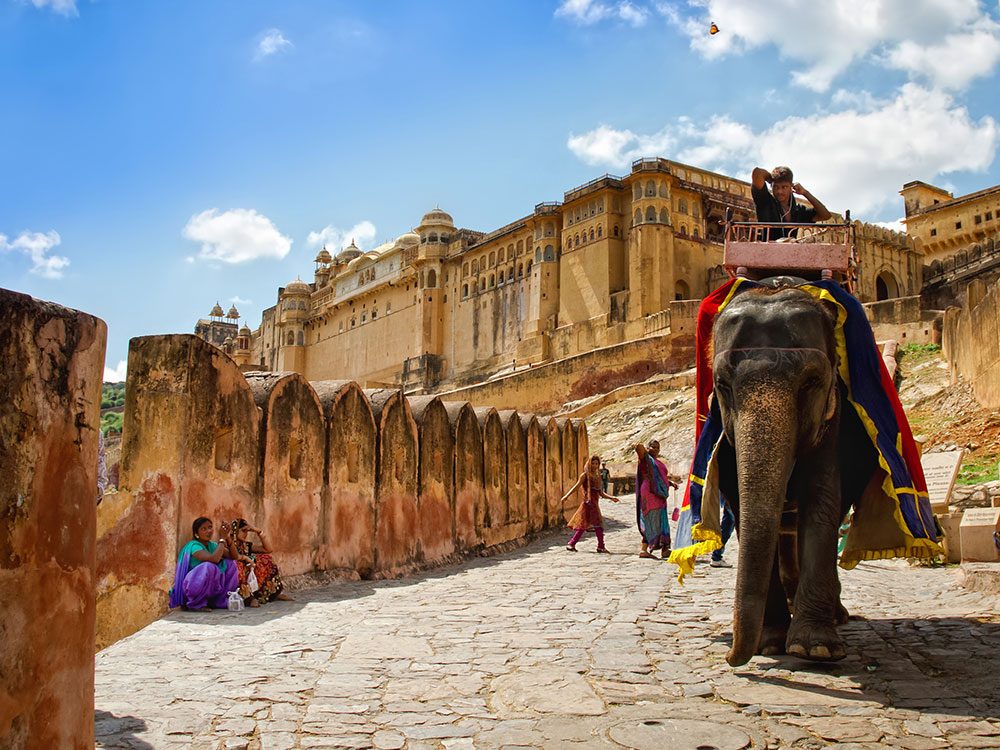
Take a crash course in Hindi
Although Hindi is spoken by more than 500-million Indians, it’s just one of more than 20 officially-recognized languages in the country. In most urban centres, Canadians travelling to India can get by with English, but it certainly wouldn’t hurt to pick up a few basic phrases in Hindi. Not only could it help you navigate (and negotiate, if you’re hitting up the markets in Mumbai!), but you’ll also win over the locals, who love it when people from abroad take the effort to adopt the native tongue. Try downloading a language-learning app like Rosetta Stone to get acquainted with the basics. (If nothing else, it’s a great way of passing the 15-hour flight from Toronto to Mumbai!)
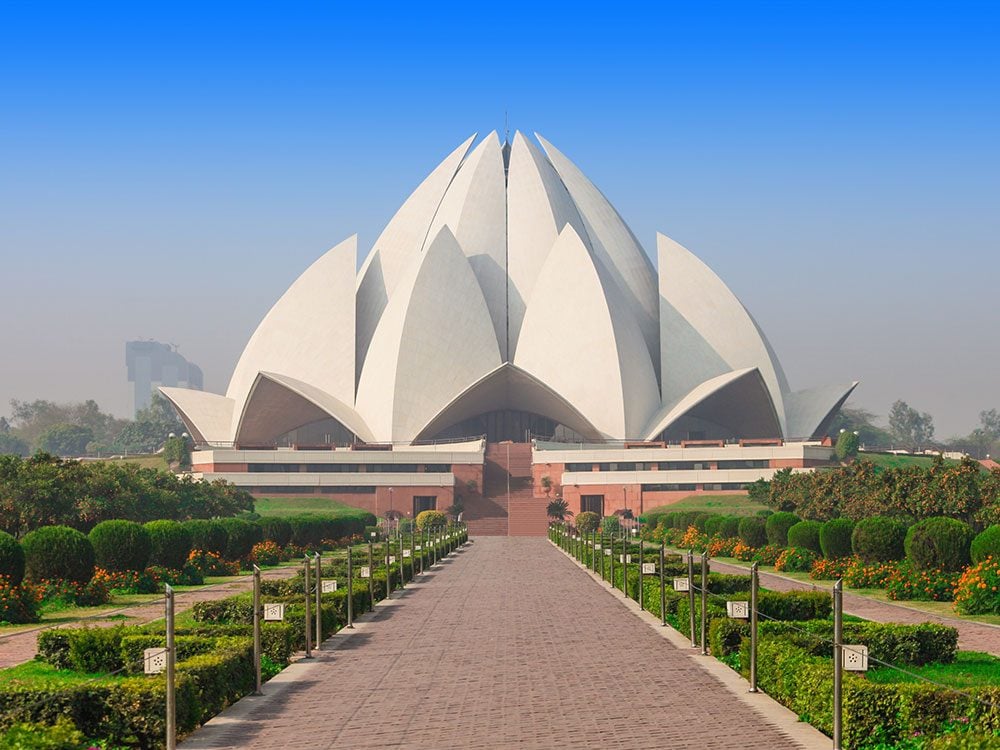
Don’t limit yourself to one destination in India
Although India is smaller than Canada (geographically speaking), domestic flights are an efficient—and surprisingly affordable—way of hopping from one major tourist hub to another. (The train from Mumbai to Delhi, for instance, can take as long as a full day, whereas a flight will get you there in just over two hours.) Both domestic flights and hotels can be booked online—often very cheaply if you book well in advance. For the best deals on domestic flights in India, consider the following Indian discount travel sites:
Cleartrip
Yatra
MakeMyTrip
EaseMyTrip
Why not add another country to your itinerary? Here are must-see attractions in southeast Asia.

Know these numbers
Faced with an emergency? Don’t dial 911. In India, police can be reached by calling 100, and ambulance services can be reached at 102.
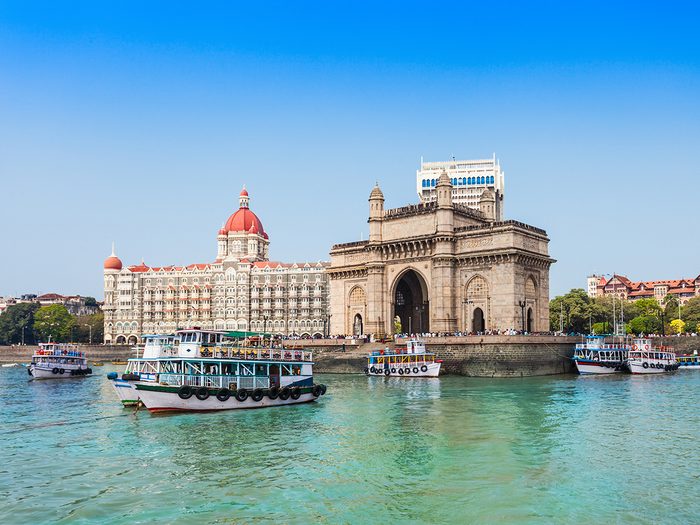
Be prepared for stares
As an Indian myself, I can confirm that we tend to gawk. Rest assured, it’s out of genuine curiosity rather than malice. For centuries, India attracted people from all over the world, but after the independence gained from the British in 1947, the racial demographics of the nation have become decidedly less diverse, which makes visitors that much more fascinating. We’re also, as I’ve noted, very curious by nature. We want to know where you’re from and what you do—sometimes even before we’ve asked your name. (The best way to deal with any discomfort when the stares last longer than you’re used to? Tell yourself it’s because you look amazing!)
Check out the world’s most breathtaking forgotten cities.
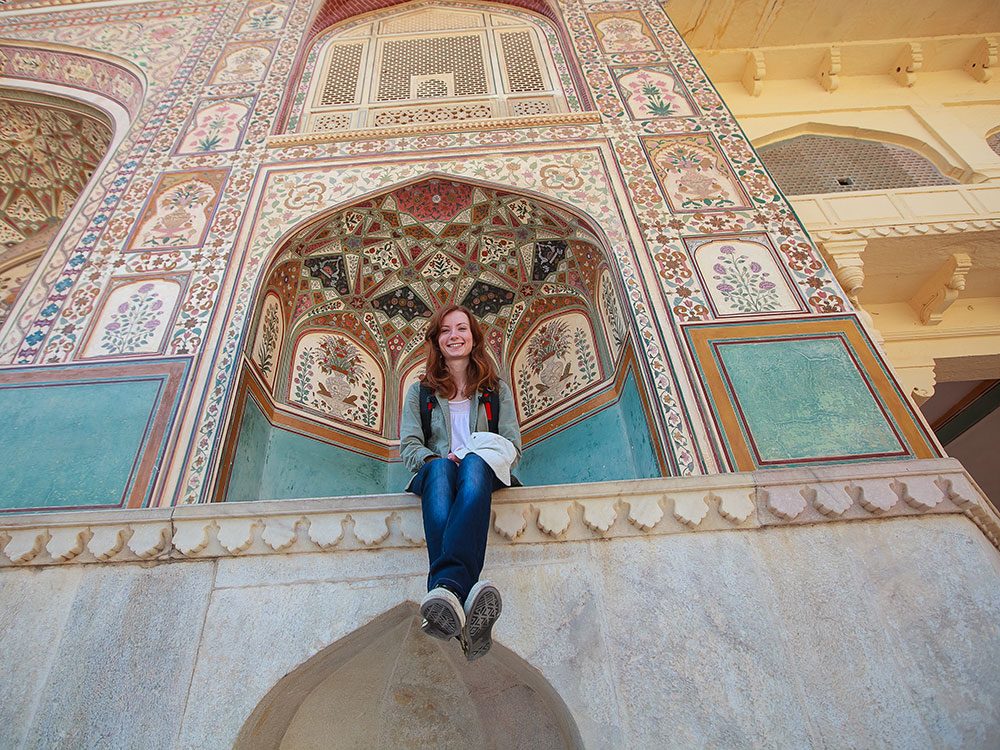
Pack appropriately
Regardless of what you might have seen in Bollywood flicks, the fashion trends in India are on a whole more conservative than they are in Canada. Save for a few urban centres like Mumbai, Delhi and Bangalore, standard dress tends to be fairly modest—particularly for women, whose arms and legs are generally kept covered.
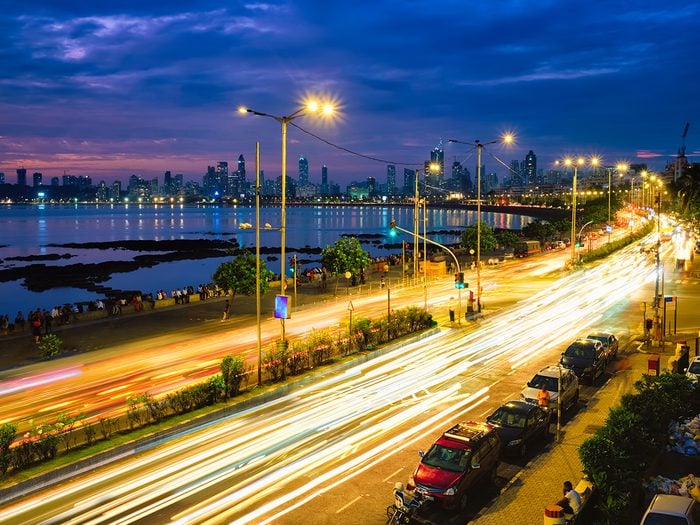
Download Uber (if you haven’t already)
Good news, Uber users—the ride-sharing app is thriving in India, and it, along with its native counterpart, Ola, provide an easy and efficient way to book ground transportation from your mobile phone. What’s really attractive about these webapps for a Canadian travelling to India for the first time is the fact that the fare is fixed in advance, which means there’s no risk of getting ripped off by an unscrupulous driver. Unlike in Canada, both web apps give you the option to pay in cash in lieu of automatic credit card billing. You can, of course, always hail an auto-rickshaw or local taxi to get around—just be sure to negotiate the fare beforehand.
Take a virtual stroll down the world’s most famous streets.
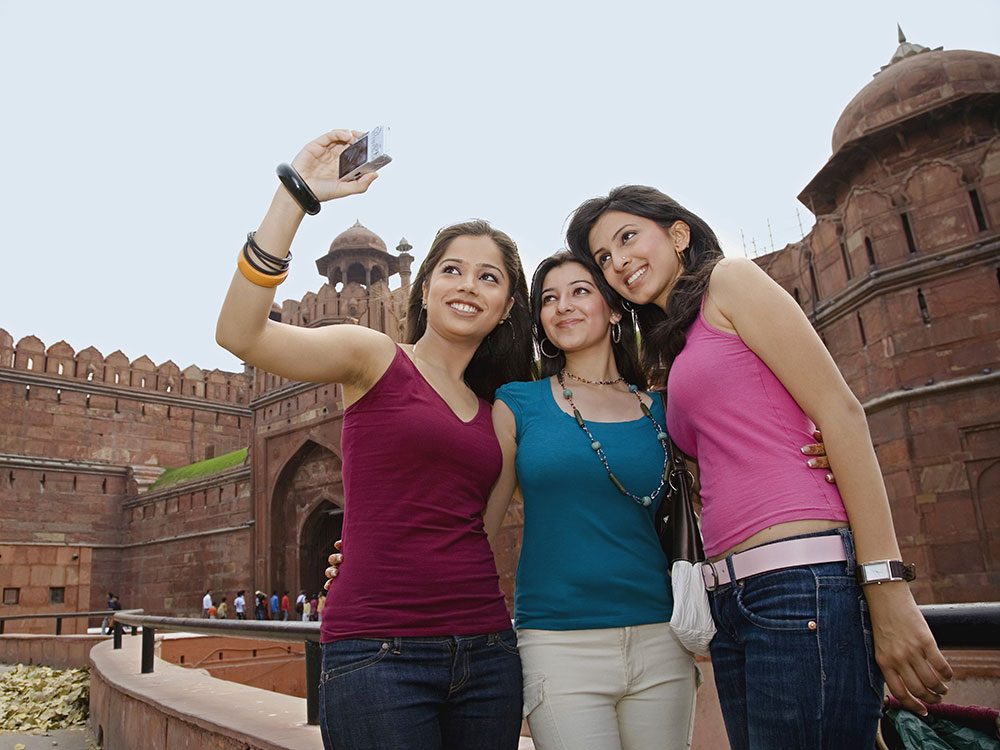
Look up a local friend (if you’ve got one)
There’s no better way to experience India than with someone who calls it home. Not only will locals be able to show you the off-the-beaten-path sites and hole-in-the-wall restaurants the guide books tend to miss, but they’ll do it with energy and enthusiasm—we’re fiercely proud of our country and love to show it off!
Take a peek inside India’s most beautiful palaces.
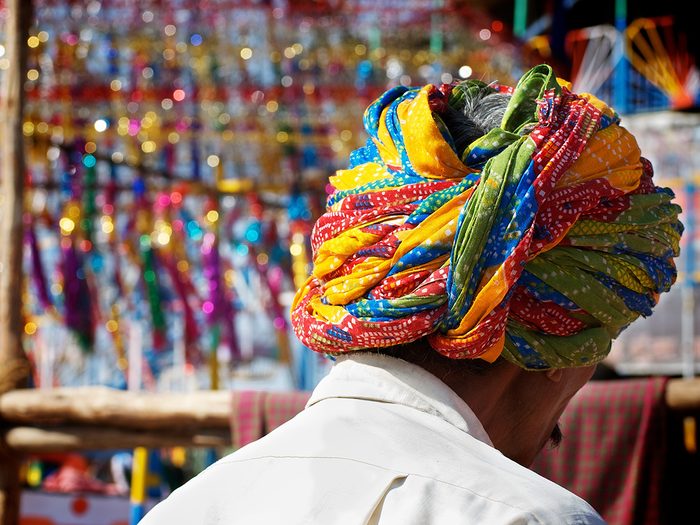
Hone your haggling skills
Indians love haggling. Although it’s not done in malls, it’s virtually a national sport in the chaotic marketplaces you’ll find in every city across India. Don’t be shy to offer 30 per cent less than the quoted price, and then stand by that amount at least three times during the inevitable back-and-forth. If you really want the purchase, you may finally decide to budge a little as a mark of respect for the vendor. (Here’s expert advice on how to brush up on your haggling skills.)
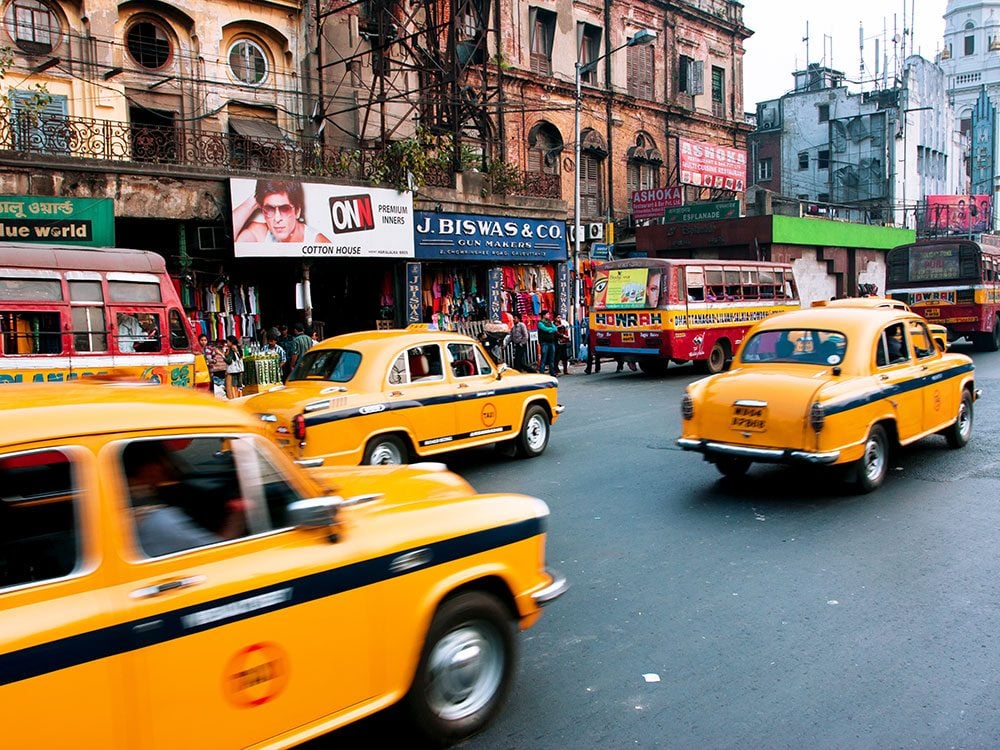
Get a grip on tipping
Very few people tip their taxi driver in India, but if you choose to do so, 100 rupees would be considered more than generous. In a restaurant, be sure to check your bill. If it indicates the service tax and service charge are included, a tip isn’t necessary. Otherwise, consider tipping between 10 and 15 per cent of the total (in cash) depending on your satisfaction with the service.
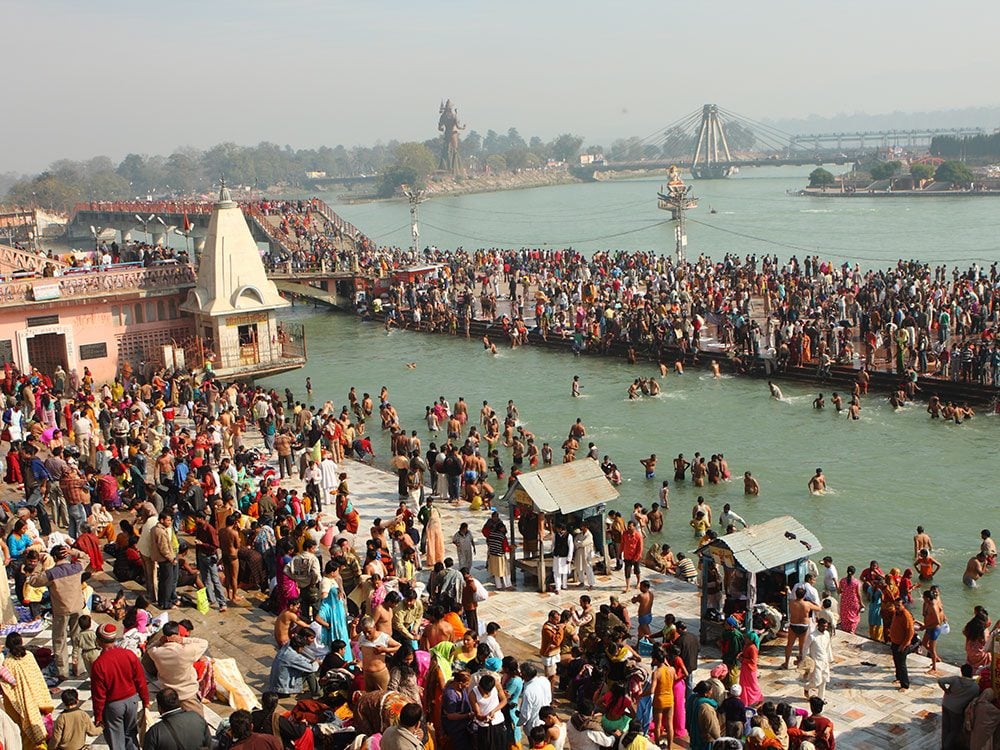
Be prepared to sacrifice your personal space
India’s major cities are among the most densely populated in the world, with Mumbai packing a whopping 28,500 people (roughly the population of Orangeville, Ontario) into every square kilometre. What that means, of course, is that Canadians travelling to India often have a different sense of what constitutes “personal space” than the locals do. Try not to be alarmed when you find yourself squished up against a complete stranger in a standing-room-only train, or get your toes trampled while waiting in a line. If you tend to be anxious in crowds, you might want to spend the weeks before your trip exploring meditation techniques as a means of coping.
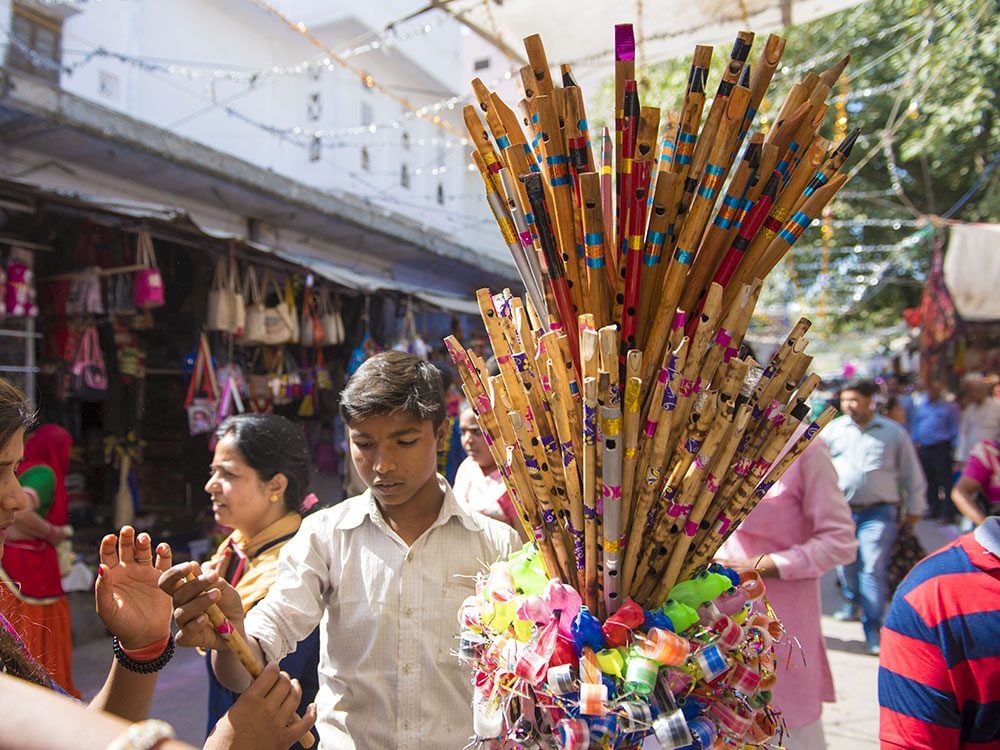
Don’t be afraid to say “no”
In India, people will try to sell you all the things, all the time. Although it’s important for visitors travelling to India from Canada to understand that the aggressive sales pitches are a result of the economic hardships people face, it’s also important to be firm in your response: a repeated “No, thank you,” as you continue on your way. Likewise, when you find yourself approached by someone begging for food or money (and you will), it’s best to keep moving. It’s going to be difficult to see such desperation and resist your innate urge to help, but if you wish to make any kind of contribution, you should consider donating to a registered charity instead.
Explore the world’s most impressive department stores.
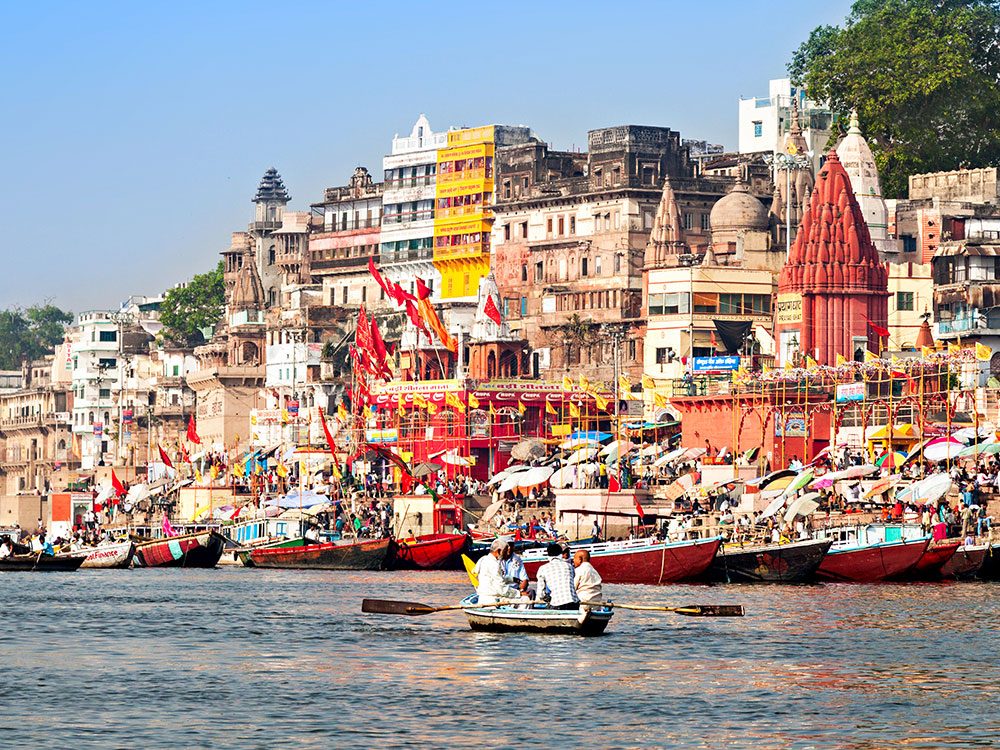
India can overload the senses
No matter how many times you watch The Best Exotic Marigold Hotel—or read this story, for that matter—nothing can prepare Canadians travelling to India for the sensory overload that’s in store. From the constant din—think blaring car horns competing with calls to prayer—to the smells (both alluring and appalling) to the oppressive summertime heat, the experience for first-time visitors can be overwhelming, to say the least. Plan for regular respite (and a good night’s sleep) by packing foam earplugs and an eye mask.
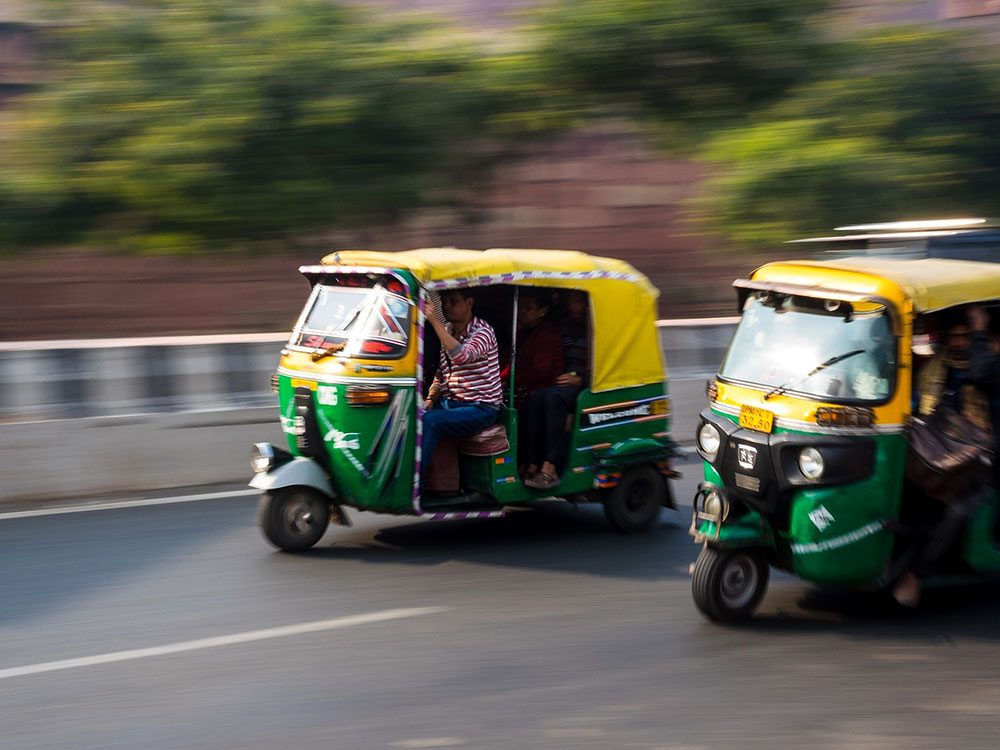
Traffic rules are merely guidelines
As your auto-rickshaw careens wildly through the congested streets of Chennai (recently given the dubious distinction of having the worst traffic in India), you might feel as though you’ve entered a video game—a very loud video game. Not only are the rules of the road rarely heeded, but Indian drivers also tend to be heavy on the horn—the perfect storm for traffic chaos. While Canadian drivers honk their horns only out of extreme irritation or to signal a warning, you’ll find that here it’s used without restraint, and becomes a constant drone—the background soundtrack to every Indian city.
Discover the world’s most dangerous roads.
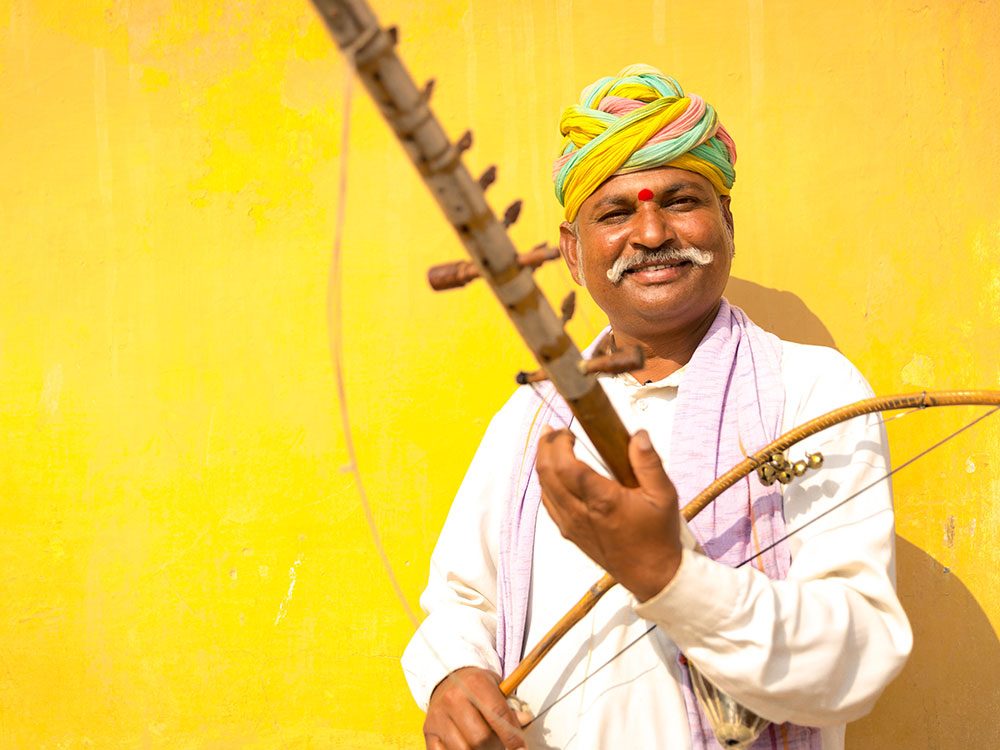
Politeness and kindness are two different things
“Sorry,” “please,” “excuse me” and “thank you” make guest appearances in the Indian vocabulary, but you won’t find them used nearly as often as they are in Canada. Which is not to say Indians are unkind. Rather, our kindness just isn’t expressed via the same pleasantries and norms of politeness that are common in the West. Although you can feel free to say these things yourself, don’t take it personally if they’re not returned.
Next, check out seven mistakes to avoid when booking travel online.